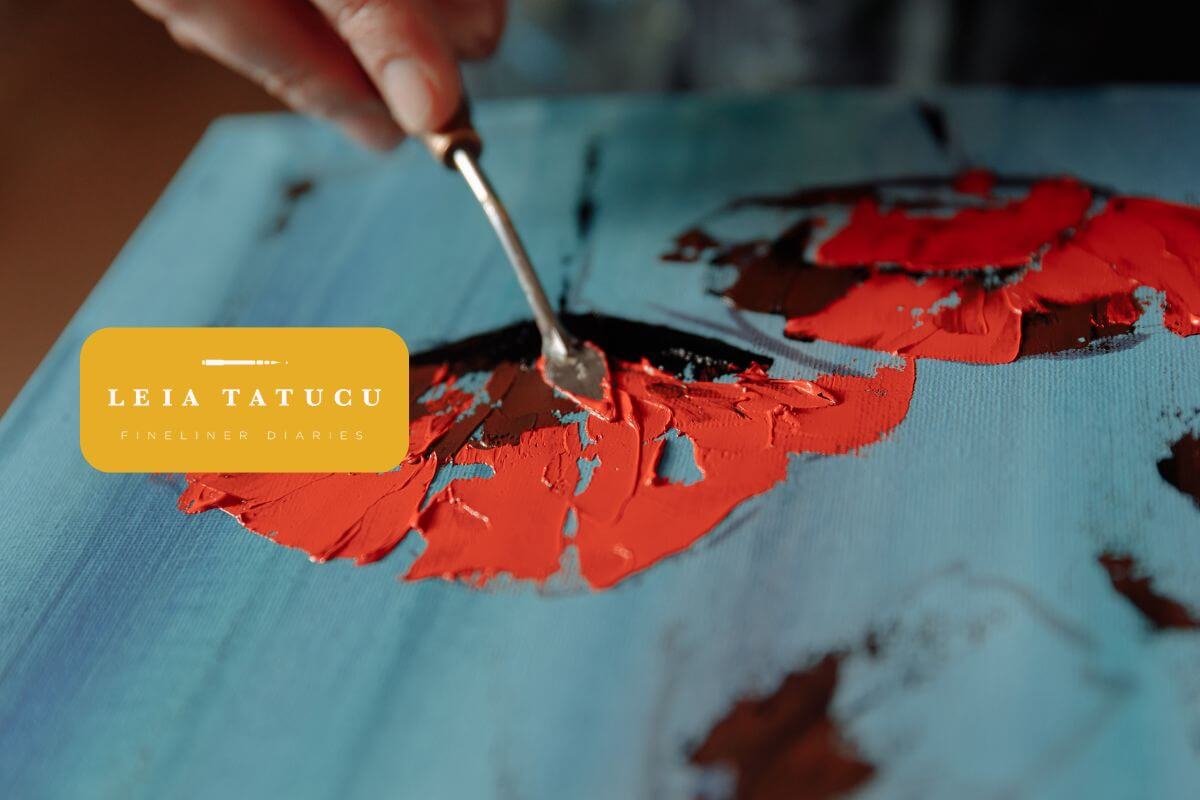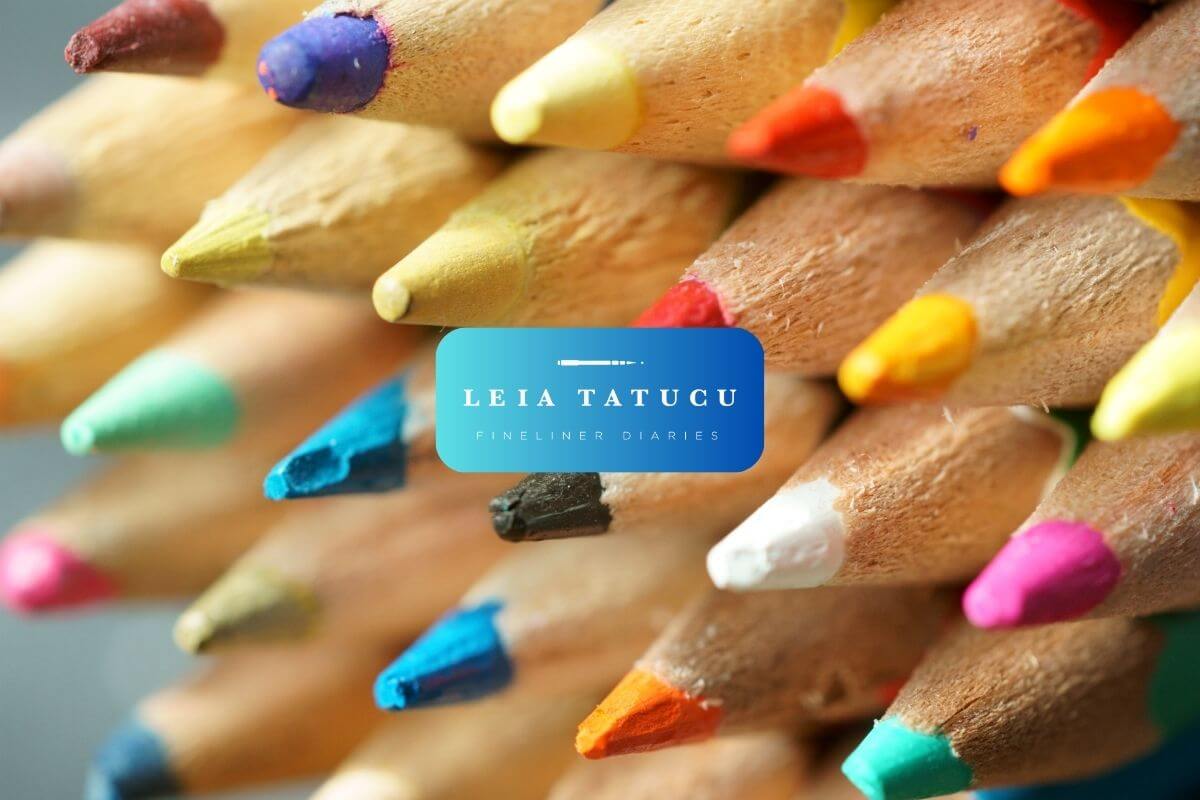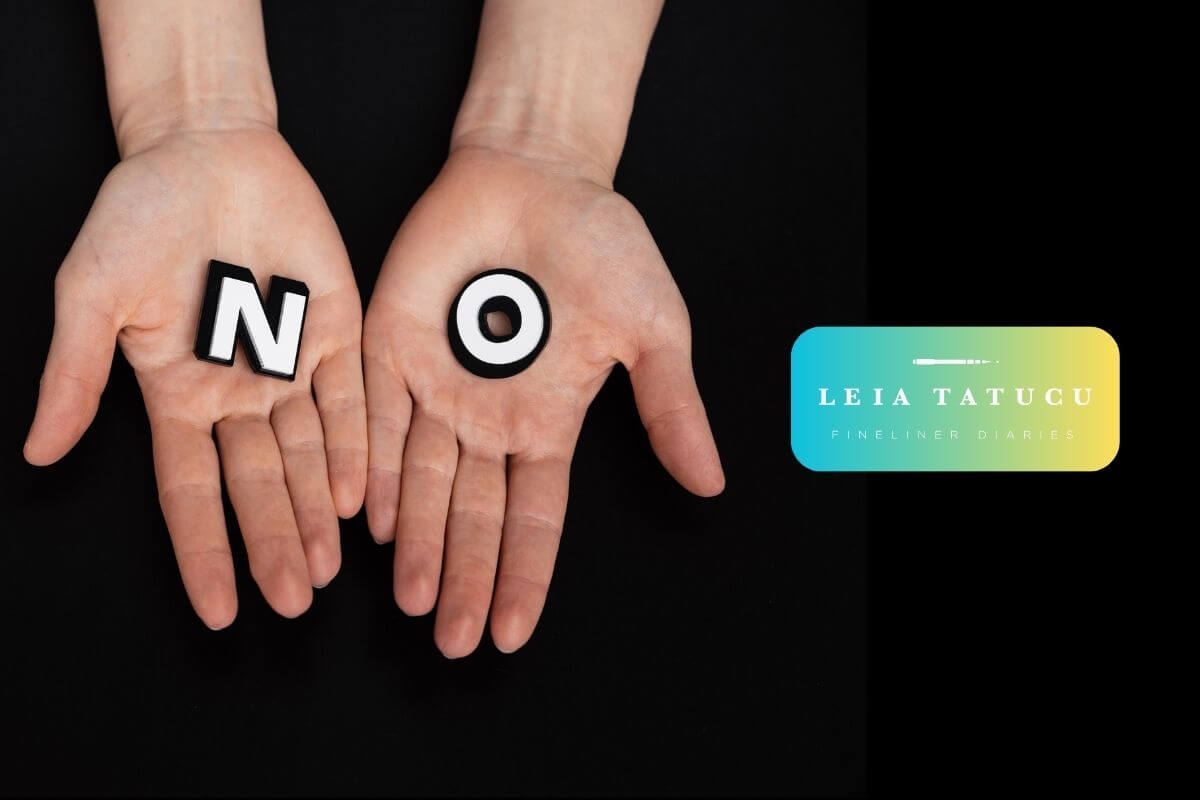
Documenting the Creative Process: Sharing Your Art Insights
Being an artist is a deeply personal and fulfilling experience, but it’s also an evolving one. Every stroke of a brush, each pattern envisioned, and every small step forward is part of your story. By documenting your creative process, you not only capture the essence of your growth but also create a lens through which others can see and connect with your art.
Here’s how you can enrich your creative practice by documenting your work and sharing your story.
Why Documenting Your Process Matters
Every masterpiece has its beginnings. Whether it’s a rough sketch on scrap paper or an experimental color palette, these early stages tell the story of your artistic evolution. Here’s why capturing these moments is so powerful:
- Visual Growth: Seeing where you started and comparing it to where you are now allows you to reflect on your progress as an artist.
- Audience Connection: Sharing your creative process invites your audience into your world, revealing the human effort behind the finished piece. It adds a relatable layer to your work.
- A Source of Inspiration: Documenting your work reminds you of the dedication and passion that fuels your art, motivating you to keep going even when inspiration wavers.

Ways to Document Your Creative Process
Having discussed the importance of documenting your process, let’s explore some practical techniques to help you get started.
Journaling Your Thoughts
Capturing your thoughts in a journal is one of the simplest and most effective ways to document your creative process. Whether you’re describing the inspiration behind your work, jotting down struggles, or brainstorming ideas, journaling transforms fleeting thoughts into something tangible.
Start by writing about the techniques you’re exploring or the themes you’re tackling in your art. For example, if you’ve recently begun experimenting with a new medium, analyze your experience with it. What draws you to this style? How does it challenge you?
I didn’t always document my thoughts or the stories behind my artworks, but in recent years, I’ve made it a conscious habit. I’ve always enjoyed gaining insight into the creative processes of other artists, and that inspired me to start writing about my own motivations. For me, this practice not only deepens my connection to my work but also provides clarity when reflecting on my artistic purpose.

Photograph or Video Your Workflow
Sometimes, visuals are the best way to preserve the magic of creativity as it unfolds. Document your process through photos or videos. Capture everything from the tools you use to the stages of development for each piece.
For instance, snap a photo of your initial sketch and compare it to your refined final product. Seeing this transformation is not only rewarding for you but also for your audience when shared on social platforms.
For longer pieces, consider time-lapse videos that condense hours of work into a brief glimpse of your creative flow. Watching your art come to life engages viewers and tells a unique story they wouldn’t otherwise experience.

Keep Tasting Notes on Techniques and Materials
Imagine your art supplies as ingredients and your methods as recipes. By keeping “tasting notes” on techniques, mediums, and materials, you create a valuable record of discoveries along the way.
For example, write down how you felt using a new brand of watercolour or how a different paper texture influenced your drawings. Did the material behave as expected? Was it challenging or liberating? Over time, this collection of insights becomes a treasure trove for refining your approach or rediscovering techniques you might have forgotten.

Share Your Story Online
Sharing your creative process isn’t just about building your archive; it’s about connecting with a broader community. Platforms like Instagram, Facebook, or even personal blogs are perfect places to reveal the behind-the-scenes moments of your work.
Write captions to accompany your posts with snippets about what inspired a particular piece or any challenges you faced while creating it. Social media not only increases visibility for your work but also encourages genuine interactions through likes, comments, and shares from your community of followers.
I use social platforms to share my artistic journey and the themes that inspire my work. Take my piece “Golden Hour,” for example—part of a trio capturing the pivotal moments of the day. It’s more than just a painting; it’s a tribute to life’s natural rhythm. Another favorite, "Pond of Memories," is deeply personal. This piece reflects my childhood, inspired by a serene pond in my grandparents' garden. With its shimmering fish and delicate white waterlilies, it was my favorite spot to daydream. These stories infuse my art with meaning and allow me to forge genuine connections with my audience.

Revisit and Reflect
Documenting your process doesn’t end with creation. Over time, revisit your records to reflect on how your approach has changed. What have you improved upon? Are there techniques you’d love to try again with a fresh perspective?
Reflection helps solidify your artistic identity and opens doors to even greater innovation in the future.
How Sharing Your Process Strengthens Your Relationship With Your Audience
Revealing your creative process has a way of humanizing the art itself. It shows your audience the effort, inspiration, and challenges behind your work, making your art feel more personal and relatable.
When they watch your time-lapse videos or read about your experiments in journaling, they gain insight into your vision and values. It turns simple admirers into loyal followers who feel invested not only in your art but also in your artistic journey.

Take the First Step
Documenting your creative process doesn’t have to be elaborate. Start small. Jot down a few notes after finishing a piece, or snap a quick photo mid-process. Over time, these small efforts will grow into a vivid archive of your artistic evolution.
By sharing your story, you invite others to admire art from many perspectives—not just as a finished product on display but as a reflection of your heart, mind, and hands.
If you’re ready to start documenting your process more intentionally, a personal journal or social platform is just the beginning. Take this as your sign to weave your story into your art—not just for your audience but for yourself.
Happy creating!




Leave a comment
This site is protected by hCaptcha and the hCaptcha Privacy Policy and Terms of Service apply.